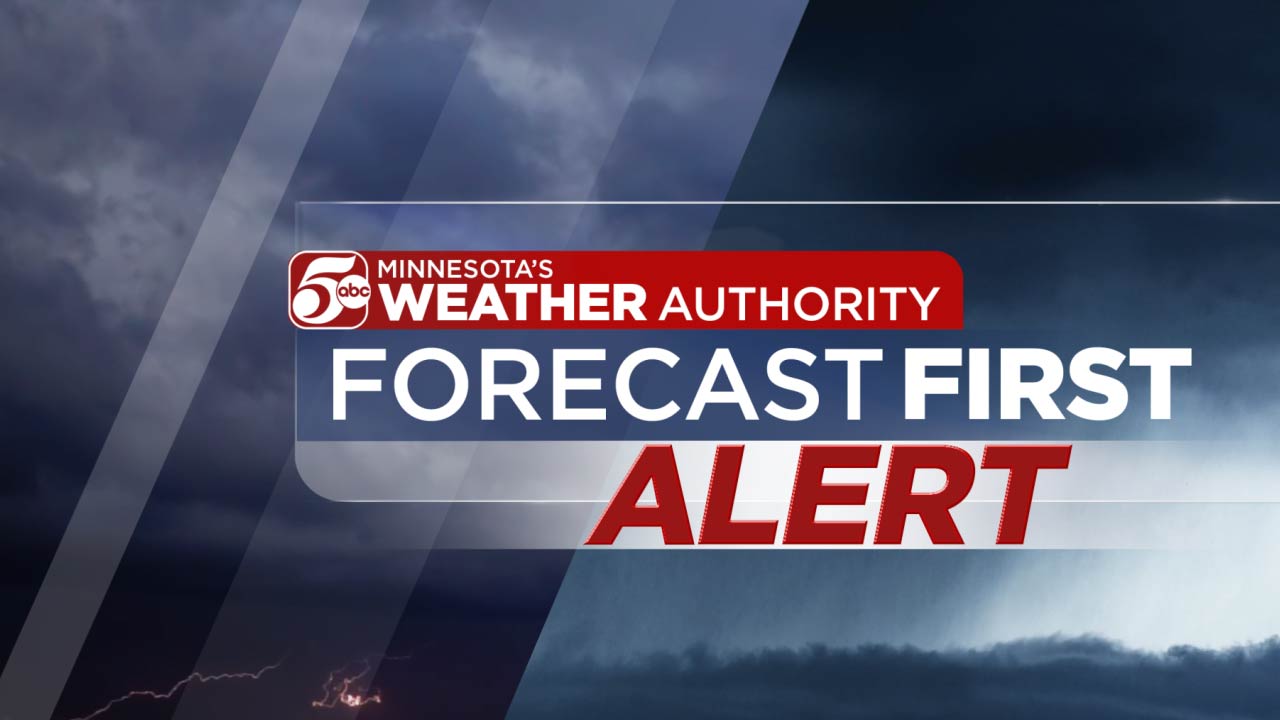Strong Winds And Severe Storms: Important Safety Information And Alert

Table of Contents
Understanding Severe Weather Warnings and Alerts
Navigating the various severe weather alerts can be confusing. It's vital to understand the differences between watches, warnings, and advisories to effectively prepare for strong winds and severe storms.
- Watch: A watch indicates that conditions are favorable for the development of severe weather. This is a time to monitor the situation closely and prepare.
- Warning: A warning means severe weather is imminent or already occurring in your area. Take immediate action to protect yourself and your property.
- Advisory: An advisory signifies less severe weather conditions that could still cause inconvenience or minor disruptions.
To receive timely alerts, utilize multiple sources:
- Download reliable weather apps to your smartphone.
- Listen to local radio and television news broadcasts.
- Invest in a NOAA Weather Radio with Specific Area Message Encoding (SAME) technology for direct alerts. This is especially crucial for those in areas prone to strong winds and severe storms. The NOAA Weather Radio is a critical tool for staying informed during severe weather events.
Understanding the severity levels of weather warnings is paramount. Pay close attention to the specific details provided in each alert to assess the potential threat and take appropriate action. Ignoring warnings can have severe consequences.
Preparing Your Home for Strong Winds and Severe Storms
Proactive storm preparation is key to mitigating damage and ensuring safety during strong winds and severe storms. Taking preventative measures before a storm hits can significantly reduce the risk of harm and property damage.
- Secure loose objects: Bring all loose outdoor items inside, such as furniture, grills, garbage cans, and anything that could become airborne.
- Trim trees and branches: Regularly trim trees and branches near your home, removing any that could fall and cause damage during high winds. This is a crucial step in wind damage prevention.
- Reinforce windows: Consider boarding up windows or reinforcing them with storm shutters. This will protect your home from the impact of flying debris.
- Assemble an emergency kit: Create an emergency kit containing essential supplies such as bottled water, non-perishable food, flashlights, batteries, a first-aid kit, medications, and important documents. This kit should be readily accessible in case of evacuation.
- Develop an evacuation plan: Know your evacuation routes and designated shelters in advance. This is especially crucial for those living in high-risk areas prone to hurricanes or other severe weather events. Practice your evacuation plan regularly.
Staying Safe During Strong Winds and Severe Storms
When strong winds and severe storms hit, your safety is paramount. Remember these crucial storm safety tips:
- Stay indoors: Remain indoors during the storm, away from windows and in a designated safe room, such as an interior hallway or basement.
- Avoid downed power lines: Never approach downed power lines; they are extremely dangerous and can cause electrocution.
- Stay away from flooded areas: Avoid flooded areas, as they can contain hidden dangers and strong currents.
- Heed emergency instructions: Follow instructions from emergency personnel and local authorities.
- Shut off utilities: If necessary, know how to shut off gas, water, and electricity to your home.
After the Storm: Assessing Damage and Recovery
After the strong winds and severe storms have passed, safety remains a primary concern. Post-storm safety requires careful assessment and cautious recovery efforts.
- Assess structural damage: Carefully inspect your home for structural damage, paying close attention to roofs, walls, and foundations.
- Report damage: Report any damage to the appropriate authorities, such as your insurance company and local emergency services.
- Handle debris cautiously: Exercise caution when dealing with downed power lines and debris. Never approach downed lines and wear protective gear when handling debris.
- Avoid contaminated water: Avoid contact with floodwater, as it may be contaminated with sewage and other hazardous materials.
Staying Prepared for Strong Winds and Severe Storms
Staying safe during strong winds and severe storms requires proactive preparation, awareness, and a well-defined plan of action. This includes preparing your home by securing loose objects, trimming trees, and assembling an emergency kit. Remember to stay informed about severe weather alerts through various channels like weather apps, radio, and television. During a storm, prioritize your safety by remaining indoors, away from windows, and avoiding hazardous areas. After the storm, carefully assess any damage and follow appropriate safety protocols when cleaning up. Don't wait for the next strong wind or severe storm to hit—take action today to safeguard your family and property. Implement these safety tips and stay informed about severe weather alerts in your area. Being prepared is the best defense against the dangers of strong winds and severe storms.

Featured Posts
-
 Wwe Smack Down Rey Fenixs New Ring Name And Debut Date
May 20, 2025
Wwe Smack Down Rey Fenixs New Ring Name And Debut Date
May 20, 2025 -
 Mstqbl Adb Ajatha Krysty Dwr Aldhkae Alastnaey Fy Astmrarh
May 20, 2025
Mstqbl Adb Ajatha Krysty Dwr Aldhkae Alastnaey Fy Astmrarh
May 20, 2025 -
 The Impact Of Michael Strahans Interview On The Television Ratings War
May 20, 2025
The Impact Of Michael Strahans Interview On The Television Ratings War
May 20, 2025 -
 Kylian Jaminet S Exprime Sur Le Transfert Controverse De Son Frere Melvyn
May 20, 2025
Kylian Jaminet S Exprime Sur Le Transfert Controverse De Son Frere Melvyn
May 20, 2025 -
 Solve The Nyt Mini Crossword Answers For March 8
May 20, 2025
Solve The Nyt Mini Crossword Answers For March 8
May 20, 2025
